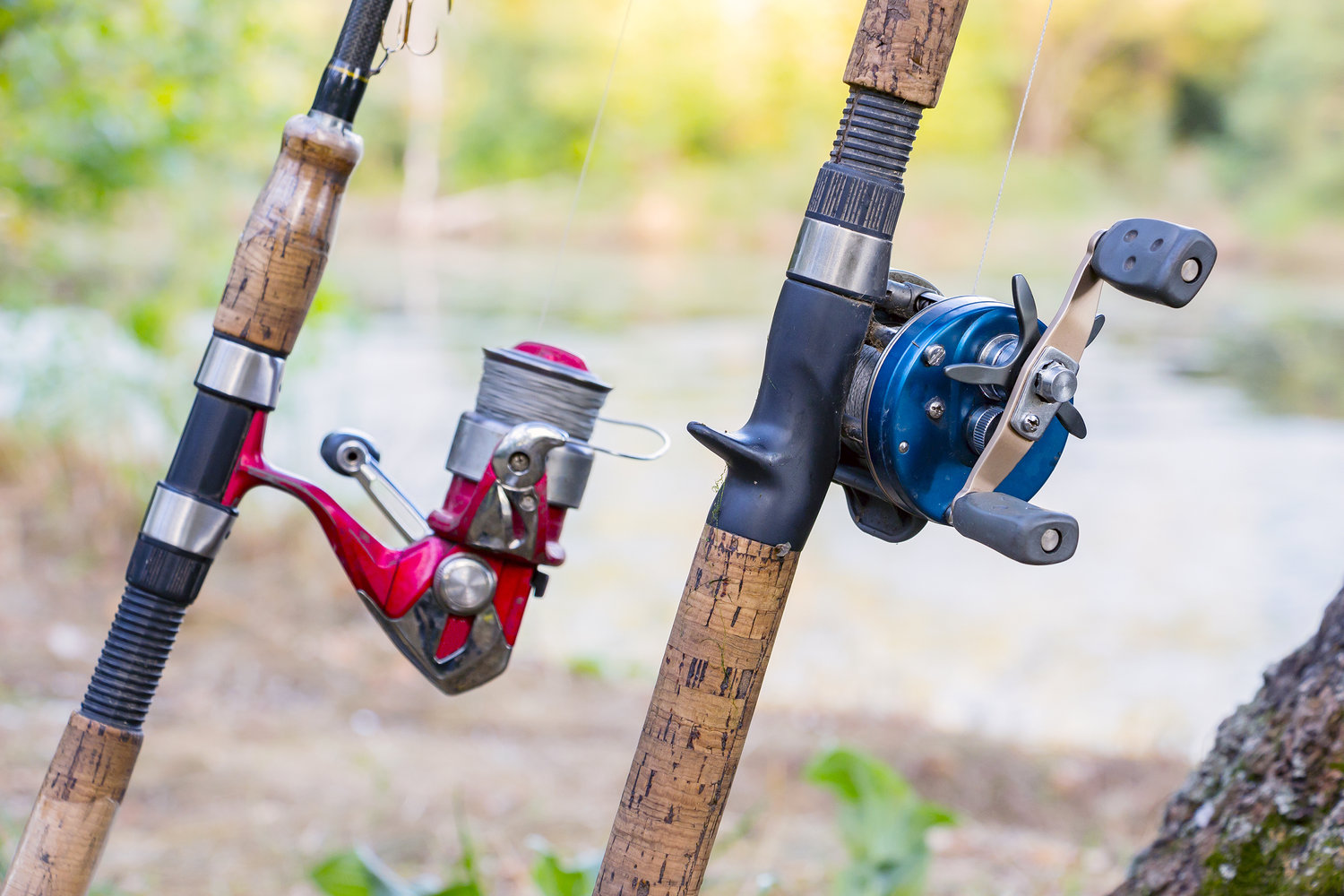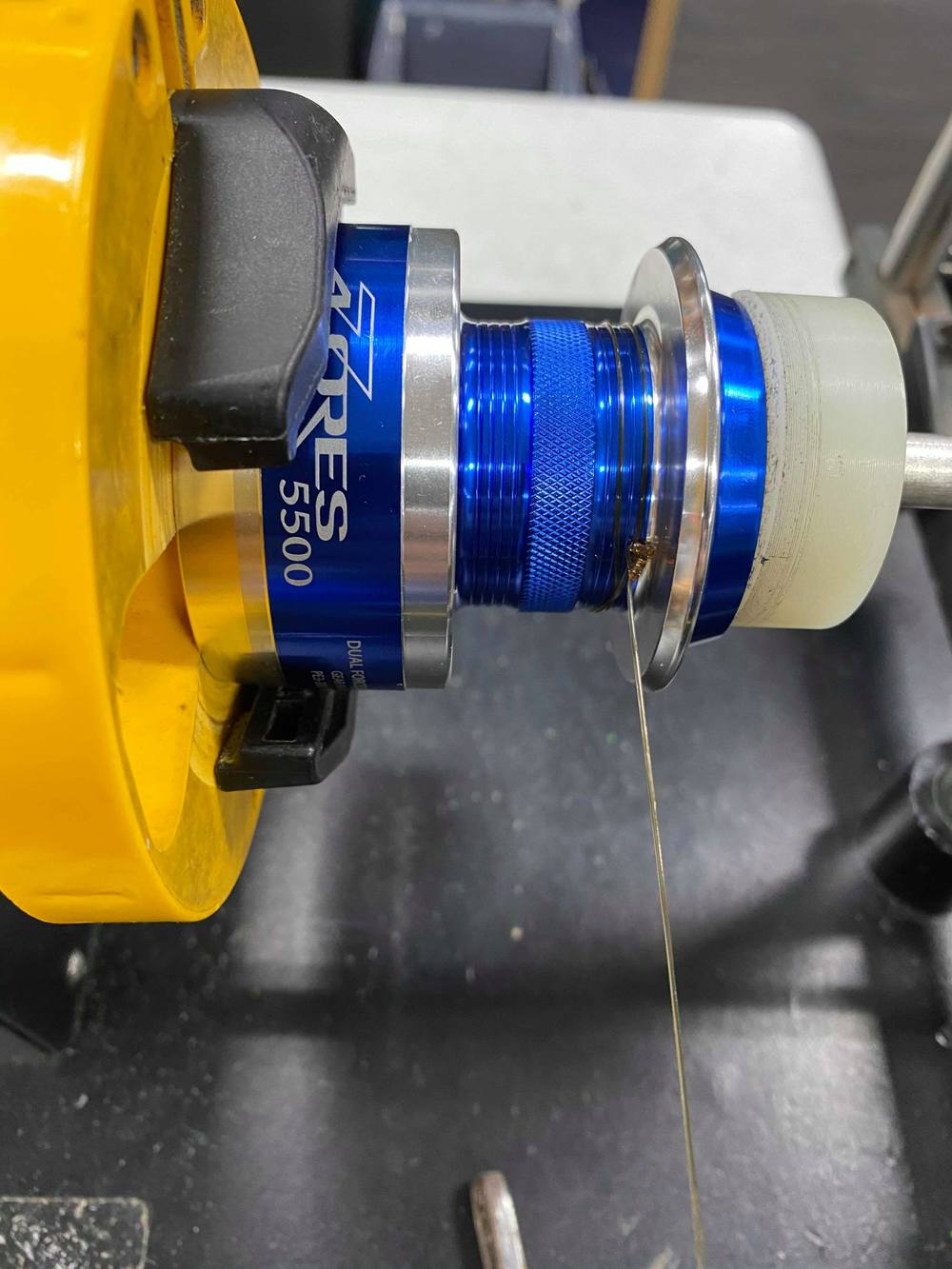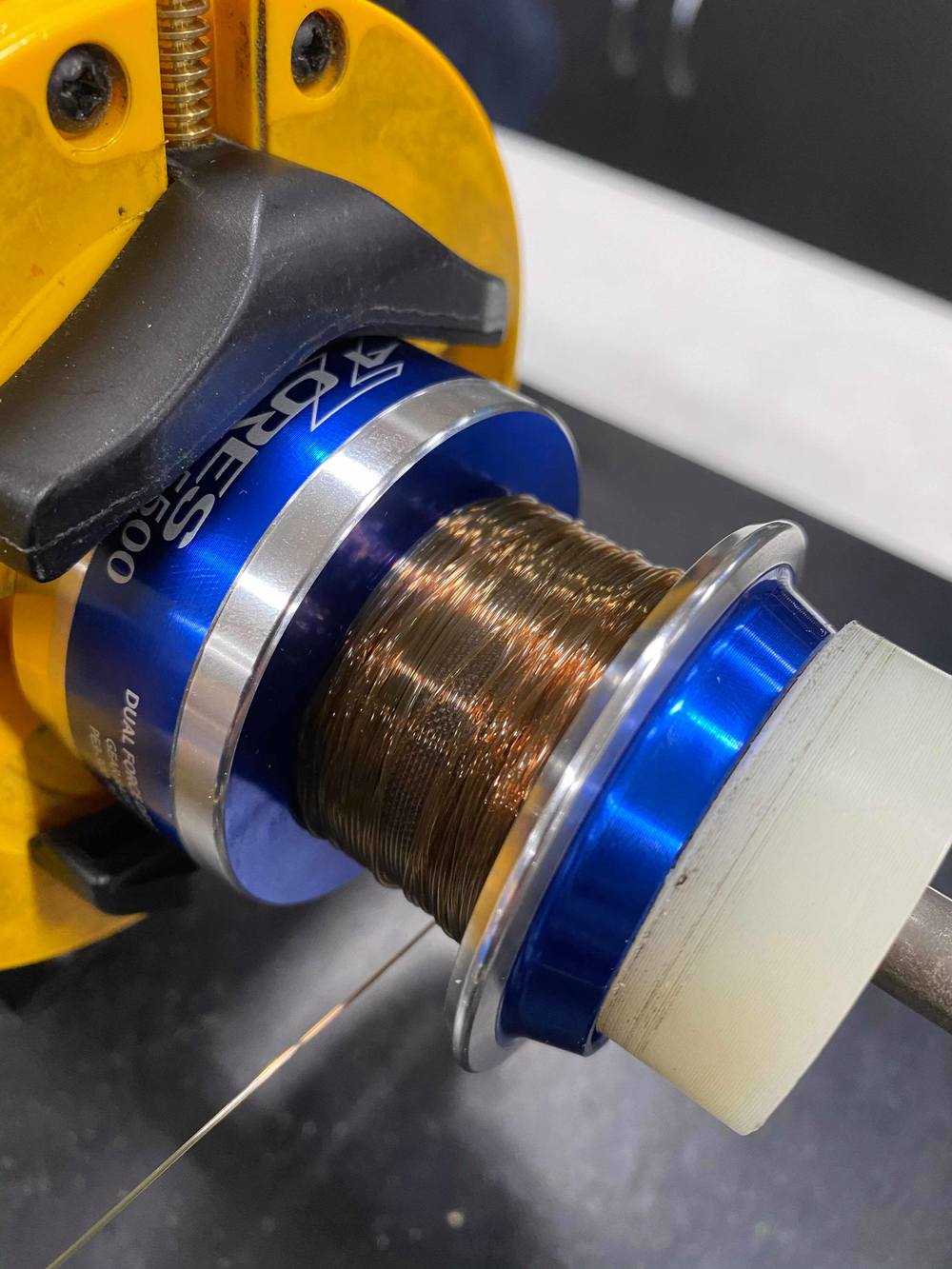Introduction:
Restringing a fishing reel is an essential skill that every angler should master. Properly maintaining your fishing reel by replacing the fishing line not only ensures optimal performance but also prevents line breakages and improves your chances of landing your target fish. In this comprehensive guide, we will take you through the step-by-step process of restringing a fishing reel, providing valuable tips and insights along the way.
-
Understanding the Importance of Restringing Your Fishing Reel
1.1 Line Integrity:
Over time, fishing lines can become worn, weakened, or damaged. Restringing your fishing reel helps maintain line integrity, ensuring that you have a strong and reliable line that can withstand the pressures of fishing.
1.2 Improved Casting:
A fresh line allows for smoother casting, providing increased accuracy and longer distances. It reduces line memory and tangling, enabling you to cast with confidence and accuracy.
1.3 Strong Hooksets:
A properly restringed reel allows for better hooksets, reducing the risk of line breaks and lost catches. It ensures that your line has the necessary strength to withstand the pressure exerted when setting the hook.
-
Gathering the Necessary Tools and Materials
Before restringing your fishing reel, gather the following tools and materials:
2.1 Fishing Line:
Select a fishing line that matches the recommended weight and type for your fishing reel and target species. Consider factors such as line strength, visibility, and sensitivity to suit your fishing needs.
2.2 Scissors or Line Cutter:
Use a pair of scissors or specialized line cutters to cleanly cut the old line and trim the new line.
2.3 Arbor Knot Tool (Optional):
An arbor knot tool can be helpful for tying the line securely to the spool.
-
Removing the Old Fishing Line
3.1 Loosen the Drag:
Before removing the old line, make sure to loosen the drag on your reel to avoid unnecessary tension and potential line breakage.
3.2 Unscrew the Reel Cap:
Locate the cap on the spool of the fishing reel and unscrew it in a counterclockwise direction to release the old fishing line.
3.3 Remove the Old Line:
Carefully remove the old fishing line from the spool, ensuring it doesn’t become tangled or create a mess. Dispose of the line properly to minimize environmental impact.
-
Preparing to Restring Your Fishing Reel
4.1 Prepping the New Fishing Line:
Attach the new fishing line to the spool using an arbor knot or another preferred knot. Leave a sufficient amount of line to cover the spool multiple times.
4.2 Securing the Line:
Hold the free end of the line against the rod, ensuring it doesn’t slip back into the spool while winding.
-
Reeling in the New Fishing Line
5.1 Manual Method:
Begin reeling the new line onto the spool manually, ensuring an even and tight wind. Use your fingers to guide the line onto the spool, applying gentle tension to prevent line twists and uneven winding.
5.2 Line Winder:
Alternatively, you can use a line winder machine to evenly and smoothly wind the new line onto the spool. Follow the manufacturer’s instructions for proper use.
-
Finalizing the Restringing Process
6.1 Filling the Spool:
Continue reeling in the line until the spool is appropriately filled, leaving approximately 1/8 inch of space below the rim to avoid overfilling.
6.2 Cutting and Securing the Line:
Once the spool is full, cut the line from the filler spool, leaving enough line to comfortably tie knots. Secure the line to the reel using an arbor knot or preferred knot, ensuring it is tightly fastened to prevent slippage.
6.3 Testing and Readjusting:
With the line properly attached, test the reel’s drag system and ensure smooth line movement. Make any necessary adjustments to the tension to achieve the desired drag setting.
-
Fine-Tuning the Restringed Fishing Reel
7.1 Checking Line Tension:
After restringing your fishing reel, it’s important to check the line tension. Proper line tension ensures that the line is evenly distributed across the spool, minimizing the risk of tangles and allowing for smooth casting. To check the tension, press your thumb against the line and give it a gentle tug. The line should have a slight resistance without feeling overly tight or loose.
7.2 Testing the Drag System:
Before hitting the water, it’s crucial to test the drag system of your restringed fishing reel. Adjust the drag setting to your desired level by tightening or loosening the drag knob. Practice applying pressure to the line while reeling to ensure the drag engages smoothly and adjusts as desired. This step is vital for successfully fighting and landing fish while avoiding potential line breaks.
7.3 Checking Line Alignment:
Ensure that the line lays uniformly on the spool without any overlapping or piled-up sections. If you notice any uneven line distribution, use your fingers to guide the line and prevent tangles as you manually rewind the line onto the spool.
-
Additional Tips and Considerations
8.1 Replace the Line Regularly:
It is important to restring your fishing reel regularly, as fishing lines tend to degrade over time due to exposure to UV rays, moisture, and wear. By replacing the line at the start of each fishing season or whenever signs of wear and tear appear, you ensure optimal performance and prevent unexpected line failures.
8.2 Dispose of Old Line Responsibly:
When removing the old fishing line, make sure to properly dispose of it to minimize environmental impact. Many tackle shops, recycling centers, or fishing line recycling programs offer disposal options for used fishing lines. Be mindful of the environment and help preserve our waters by properly discarding old lines.
8.3 Practice Knot Tying:
To secure the line to your fishing reel, master reliable knot tying techniques such as the arbor knot, uni knot, or improved clinch knot. Practice tying these knots until you can effortlessly and reliably tie them even in various fishing conditions.
Conclusion:
Restringing a fishing reel is a crucial maintenance task that every angler should know how to perform. By following the step-by-step process outlined in this guide, you can confidently and effectively restring your fishing reel, ensuring optimal performance and the ability to tackle even the toughest fish. Take the time to properly maintain your fishing reel by replacing the fishing line, and you’ll experience smoother casts, stronger hooksets, and increased angling success. Master the skill of restringing your fishing reel, and you’ll be well-equipped for enjoyable and fruitful fishing adventures.
